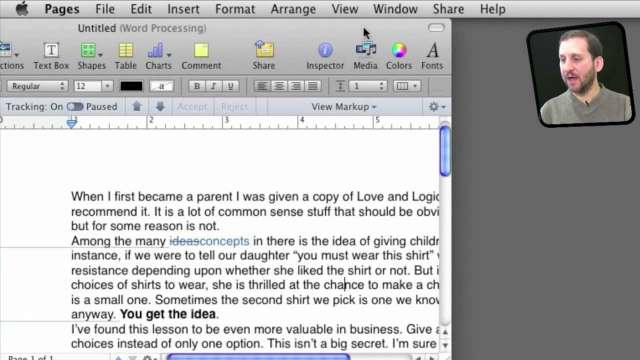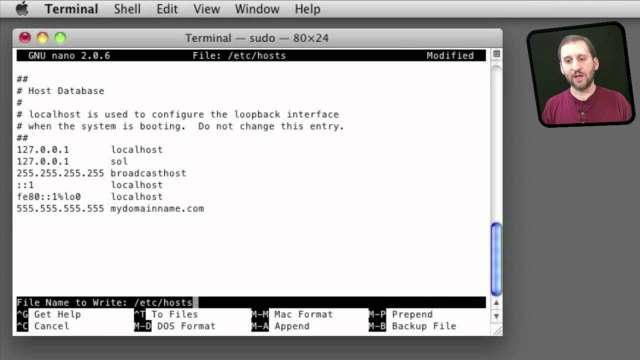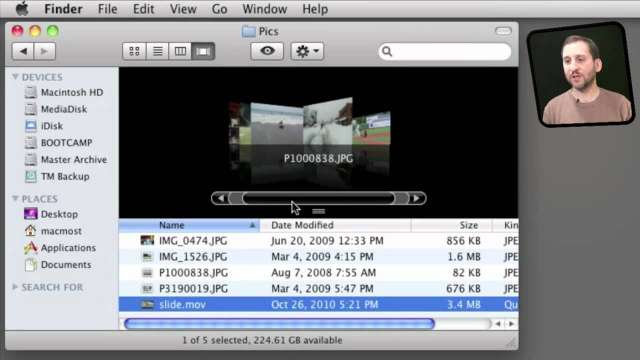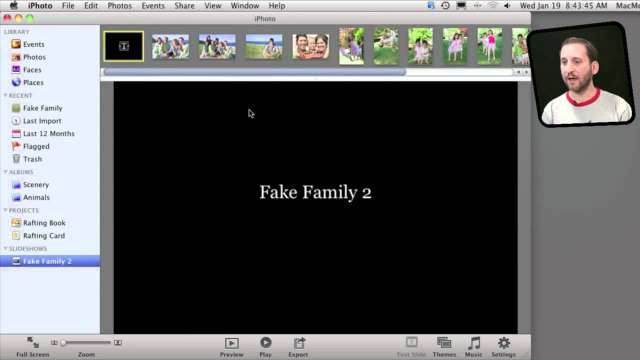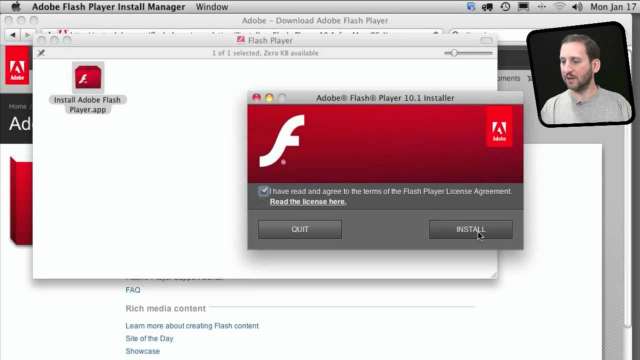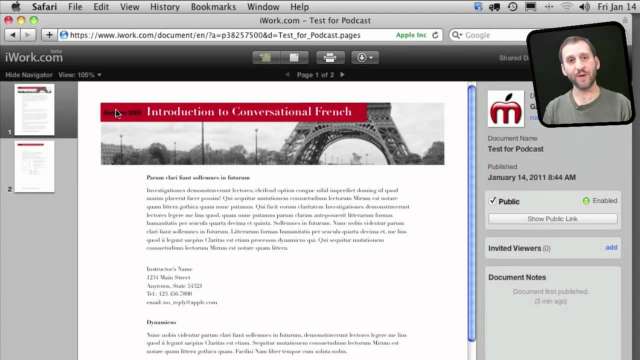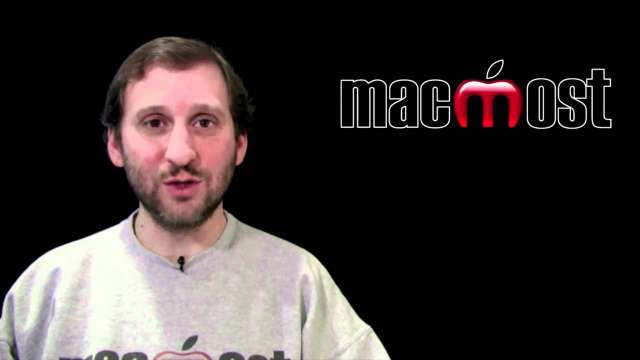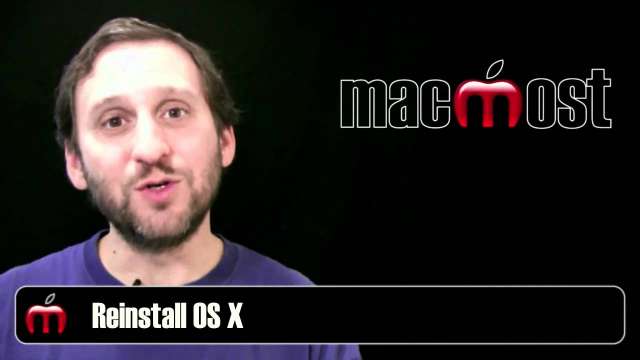Even when Apple doesn’t release a new product it seems to know how to make headlines. The iOS App Store had its 10 billionth app download this week and Apple celebrated with a contest giving one lucky app buyer a $10,000 iTunes gift card.
The 10 billion number is significant when you realize it was done in about 2.5 years. Adoption of the iTunes Music store was much slower, taking about three times as long to reach 10 billion. But then again, the app store is filled with free content which probably accounted for a majority of the downloads.
There was an update to iMovie 11 this week. Version 9.0.2 fixes a nasty bug that plagued many people who found that audio was out of sync when they exported their video.
As the Verizon launch of the iPhone draws nearer we’re seeing some interesting things. Verizon has begun to run commercials for the iPhone thanking customers that stuck with them and “who never stopped believing this day would come.” Apple has an ad that shows both AT&T and Verizon next to each other: “two are better than one.”
AT&T would like to hold on to existing customers too, and has reportedly been offering their old unlimited data plan to those that call and ask. Verizon will be offering unlimited data for $30/month, but indicated that that plan will be phased out in the future.
He heard that Macs are safe from viruses, and he doesn’t want to get the flu this season.
 When I first became a parent I was given a copy of Love and Logic, a parenting book. I recommend it. It is a lot of common sense stuff that should be obvious about parenting, but for some reason isn’t.
When I first became a parent I was given a copy of Love and Logic, a parenting book. I recommend it. It is a lot of common sense stuff that should be obvious about parenting, but for some reason isn’t.
Among the many ideas in there is the idea of giving children a choice. For instance, if we were to tell our daughter “you must wear this shirt” we may get some resistance depending upon whether she liked the shirt or not. But if we give her two choices of shirts to wear, she is thrilled at the chance to make a choice, even though it is a small one. Sometimes the second shirt we pick is one we know she doesn’t like anyway. You get the idea.
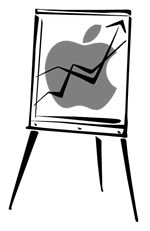 This week started off with quite a shock as Apple CEO Steve Jobs announced another medical leave. He will remain CEO of the company, but COO Tim Cook will once again take over the day-to-day operations.
This week started off with quite a shock as Apple CEO Steve Jobs announced another medical leave. He will remain CEO of the company, but COO Tim Cook will once again take over the day-to-day operations.
We don’t know what prompted this third medical leave in the last 7 years, and no indication was given how long it will be until his return. Jobs received treatment for pancreatic cancer in 2004 and a liver transplant in 2009. Reportedly it is common to have periods of immune system trouble after a liver transplant.
On Tuesday Apple announced yet another record-setting quarter. The company had $6 billion in profits on $26.7 billion in revenue, more than 70 percent higher than last year’s numbers.
So with this new app I press a button and dinner is automatically served in a bowl on the floor.
Wow, it is great that you can take care of your dog like that.
What dog? This is for my husband.
 Rumors of a Verizon iPhone have been circulating for four years. This week the rumors became fact as Verizon and Apple jointly announced the coming of the iPhone to Verizon.
Rumors of a Verizon iPhone have been circulating for four years. This week the rumors became fact as Verizon and Apple jointly announced the coming of the iPhone to Verizon.
The launch of a slightly different iPhone 4, customized for Verizon’s CDMA network, will occur on February 10 in Apple and Verizon stores. Verizon customers can pre-order an iPhone on February 3.
The design of the iPhone 4 for Verizon is slightly different to accommodate the CDMA antenna and lack of a SIM card slot. The CDMA network differs from AT&T’s GSM network in that voice and data cannot be used at the same time. GSM also has faster data speeds and can be used in more countries for those that travel with their iPhone. But CDMA may offer better call reliability.
The new GarageBand is so advanced it does it all by itself. My iMac has a record contract and starts a 30-city tour next week.
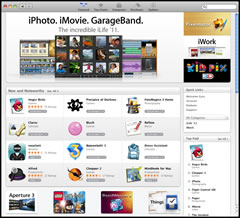 The Mac App Store is now up and running with more than 1,000 Macintosh applications. To view the Mac App Store you need to use Software Update to get Mac OS X 10.6.6. This adds a Mac App Store icon to the dock. You can also access the store form the Apple Menu.
The Mac App Store is now up and running with more than 1,000 Macintosh applications. To view the Mac App Store you need to use Software Update to get Mac OS X 10.6.6. This adds a Mac App Store icon to the dock. You can also access the store form the Apple Menu.
The store looks similar to the iOS App Store in the iTunes application. You can browse and search for applications. The main page shows featured apps. Other pages show top charts and categories. You use your iTunes account to make purchases.
The launch features many familiar third-party applications like Evernote, BBEdit, Pixelmator, Stuffit Expander, and Transmit. The three iWork applications are also present, as well as iPhoto, iMovie and GarageBand from iLife 11. You can buy each individually, which is a first for those applications. Prices for apps vary from $0.99 for some, to more standard software prices of $10, $20 or more. Some apps are available for free.
So the new Mac App Store lets you find, buy and download software online? Isn’ that how we did it before?

